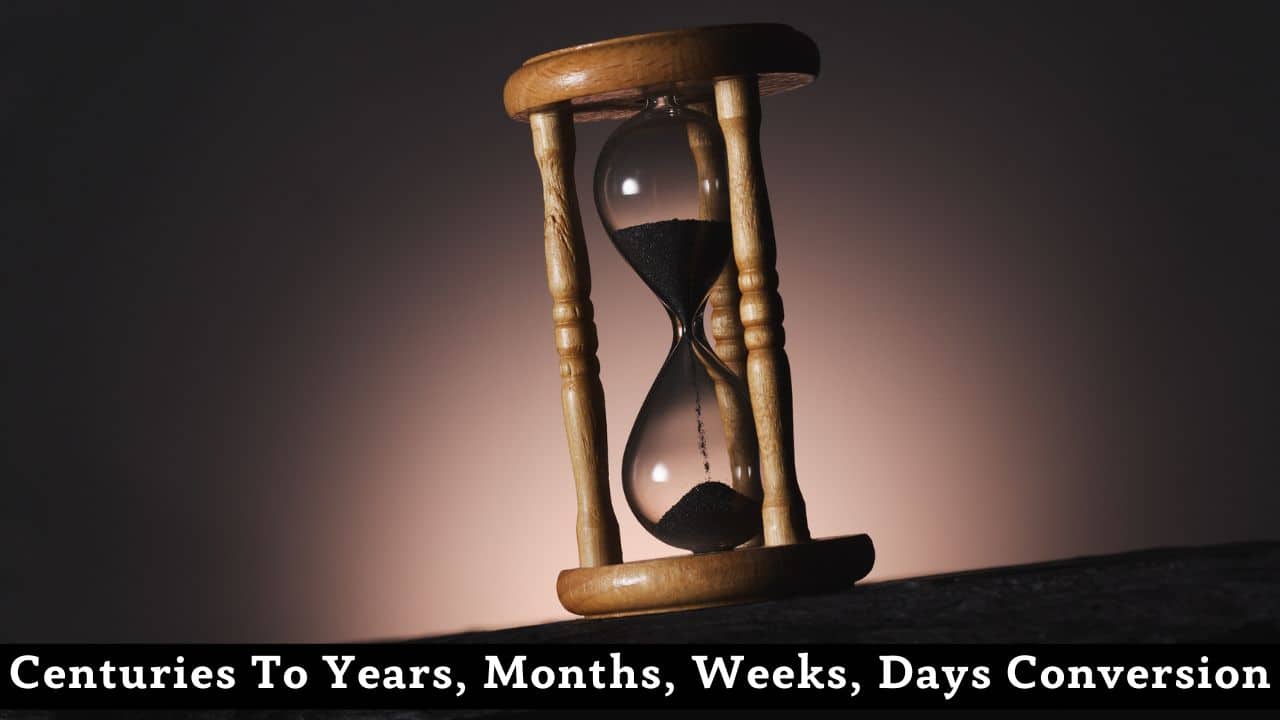Centuries to Multiple Units Calculator
Complete time conversion from centuries to years, months, weeks, and days with precision calculations, detailed breakdowns, and educational insights

Understanding Time: Complete Century Conversion Guide
Welcome to our comprehensive exploration of time conversion! Today we’ll learn how to convert centuries to years, months, weeks, and days using precise mathematical principles and understand the fascinating relationships between different time units.
The Complete Formula Set
1 Century = 100 Years
1 Century = 1,200 Months
1 Century = 5,217.75 Weeks
1 Century = 36,525 Days
These calculations account for leap years in the Gregorian calendar system
Mathematical Relationships
Understanding the conversion chain:
Century → Year → Month → Week → Day
Each unit builds upon the previous, creating a hierarchical time system that helps us organize historical periods and plan future events.
The Gregorian calendar averages 365.25 days per year to account for leap years
Historical Context
Time measurement has evolved throughout history:
Ancient civilizations used lunar and solar cycles
Roman calendar introduced the concept of centuries
Gregorian reform (1582) created our modern system
Different cultures still use various calendar systems alongside the Gregorian calendar
Complete Conversion Reference Table
| Centuries | Years | Months | Weeks | Days |
|---|---|---|---|---|
| 1 | 100 | 1,200 | 5,218 | 36,525 |
| 2 | 200 | 2,400 | 10,436 | 73,050 |
| 5 | 500 | 6,000 | 26,089 | 182,625 |
| 10 | 1,000 | 12,000 | 52,178 | 365,250 |
| 20 | 2,000 | 24,000 | 104,355 | 730,500 |
Fascinating Time Facts
Did you know? A century contains exactly 876,600 hours or 52,596,000 minutes! This massive number helps us appreciate the vastness of historical time periods.
Leap Year Magic: Without leap years, our calendar would drift by about 25 days every century, completely changing seasonal timing over time.
Cultural Variations: While we use the Gregorian calendar, the Islamic calendar has only 354-355 days per year, making their centuries shorter in solar days.
Understanding these relationships helps us better comprehend historical timelines and plan long-term projects.
